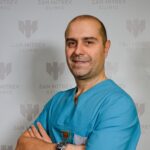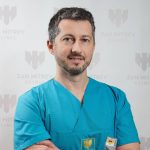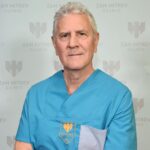 00389 2 3091 484
00389 2 3091 484
Medical Service
Otorhinolaryngology
Ear, nose and throat diseases
Diseases that affect all three regions/ear, nose and throat/
Congenital anomalies
Acute and chronic infections
Injuries
Tumors
Including the salivary glands, thyroid gland diseases
Other ear diseases
- Middle ear conditions with effusion
- Hearing loss conditions/acute, chronic, age related/
- Ear buzzing/tinnitus
- Impaired balance condition, vertigo
Other nose and sinuses diseases
- Nazal obstruction, problems with sense of smell
- Nose and/or sinuses polyps
- Nasal/sinus allergy
Other diseases of pharynx/larynx
- Nasal obstruction due to enlarged tonsil/adenoids
- Hypertrophy of tonsils
- OSA /obstructive sleep apnea
- Voice hoarseness dysphonia
- Difficulties with swallowing/dysphagia
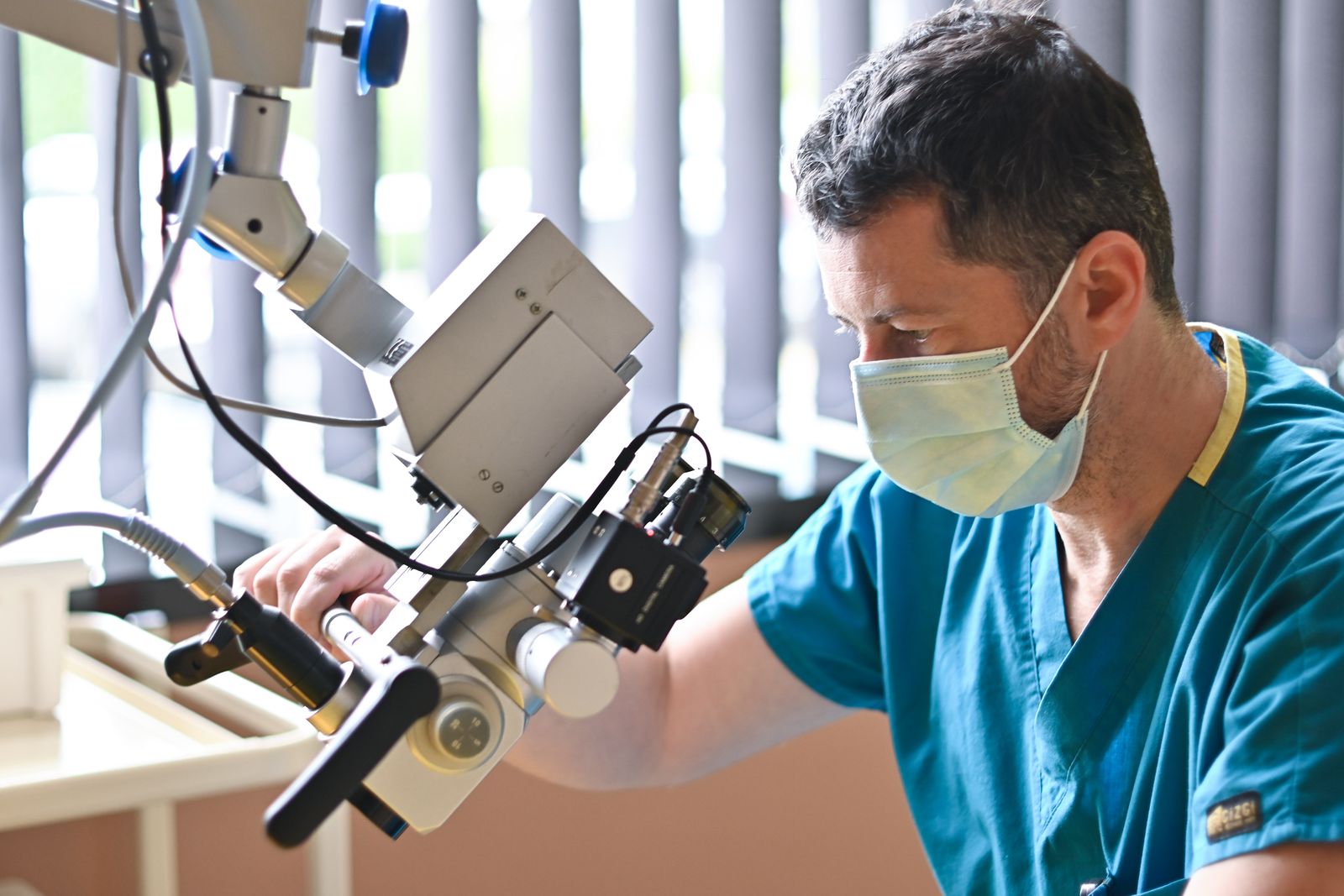
Flexible nasopharyngolaryngoscopy
Flexible nasopharyngolaryngoscopy (Vivideo Pentax Medical) – technological revolution in the field of otorhinolaryngology, only in Zan Mitrev Clinic
VivideoPentaxMedical flexible/fiber/nasopharingolaryngoscope provides a fast, simple and precise diagnostics
Inspection of the upper airwaves is performed using a small flexible probe starting from the entrance into the nasal space, epipharynx /pharyngal arch/, presentation of the third tonsil, down to the vocal cords and larynx, as well as the beginning of the trachea.
Most common conditions that can be accurately diagnosed using this method
- Changes of the nasal space – hypertrophic changes, changes due to allergy, presence of secretion, deviation of the nasal septum, tumors
- Changes in the epipharynx – assessment of third tonsil in children, hypertrophy of lymphatic tissue, tumor changes
- Changes in the root of the tongue, lower floor of the pharynx and throat – benign and malignant changes, polyps of vocal cords
The procedure is painless and lasts for a few minutes.
The extremely small diameter of the probe makes the examination much simpler and easier for the patient compared to the other nasopharyngolaryngoscopies.
Enables precise evaluation of the structures with HD video image and possibility for video recording.
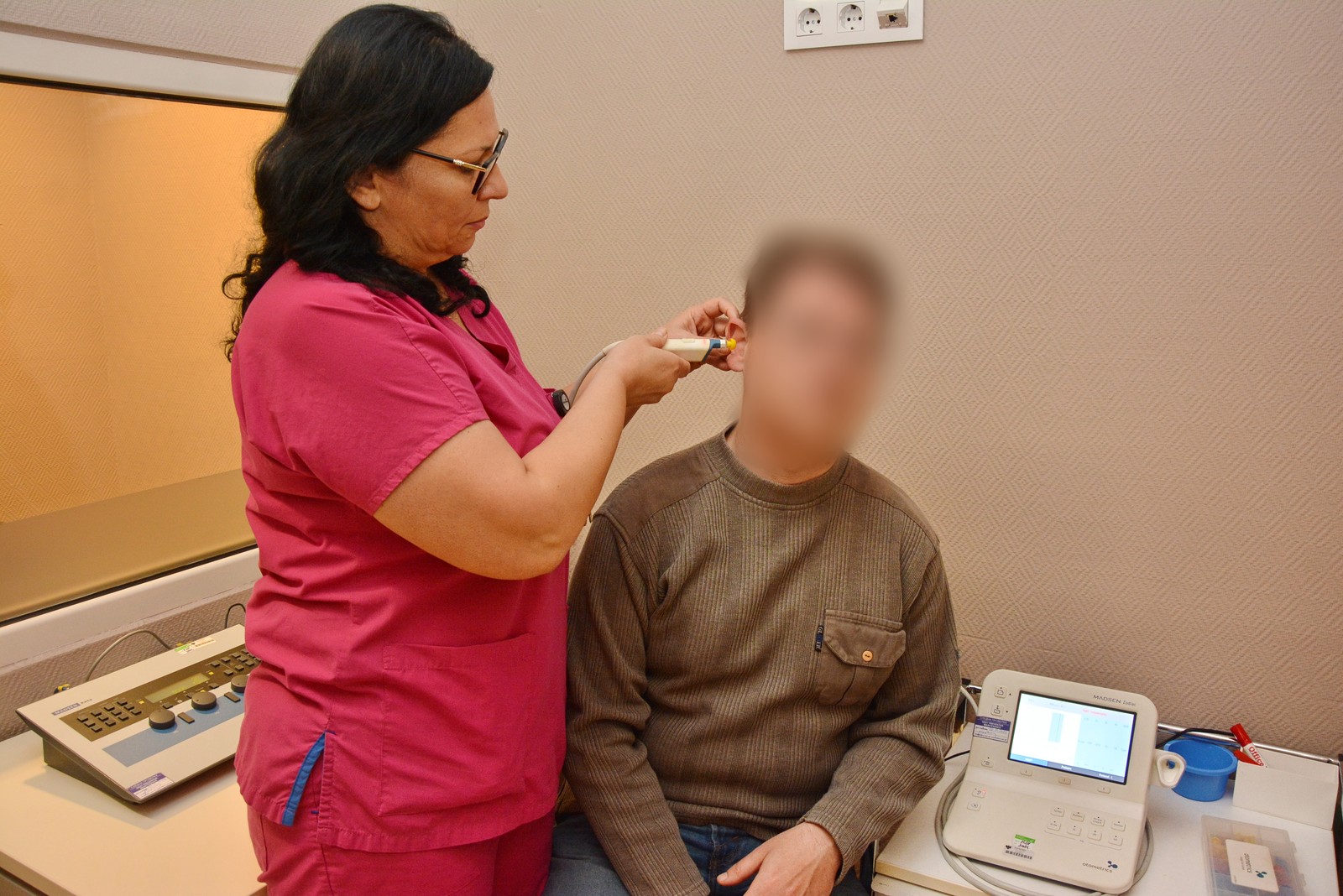
Sophisticated fiber-diagnostics with integrated HD video recording
The flexible (fiber) nasopharyngolaryngoscopy is a diagnostic procedure superior to all the other methods for visualization of the anatomic structure of the upper airwaves (nasal cavities, epipharynx, hypopharynx and larynx).
Inspection of these structures is done using a small flexible probe starting from the entrance in the nasal cavities until the vocal cords and larynx, as well as the beginning of the trachea
- The procedure is painless, lasts for a few minutes
- Provides fast, simple and precise diagnostics
- The sophisticated, modern device for fibernasopharingolaryngoscopy enables precise evaluation of the upper airways structures with HD video image and possibility for video recording
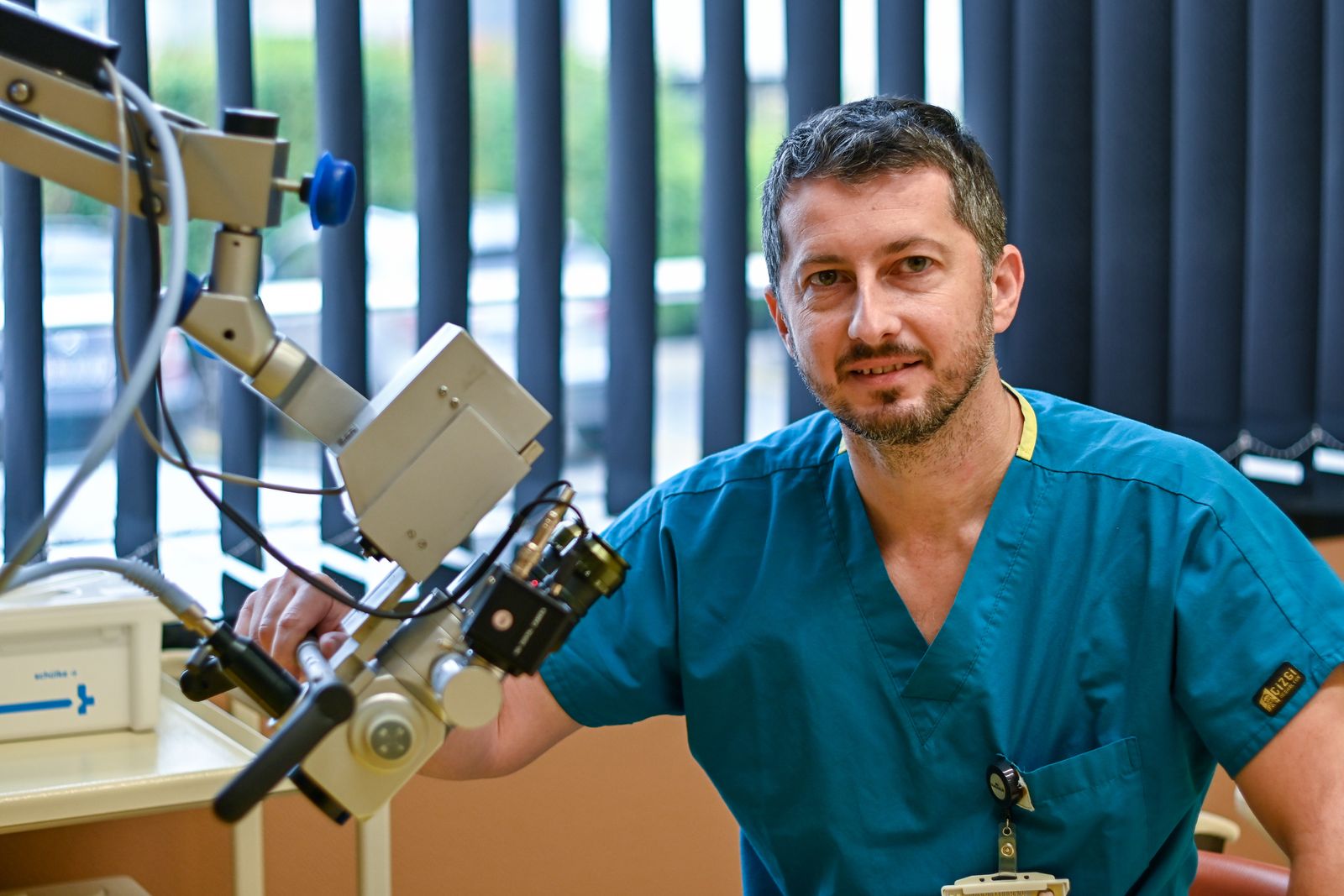
Otomicroscopy/videomicroscopy
- A diagnostic method for examination of the external auditory canal and eardrum using a microscope that enables multiple magnification, therefore better visualization and possibility for better assessment of the local finding
- It is a superior method compared to the classical otoscopy, especially in children due to the anatomical limitations regarding the size of the external auditory canal and eardrum.
- Smaller outpatient intervention can be performed using otomicroscopy: aspiration of secretion or cerumen from the external auditory canal, taking ear swab, removal of polyps or biopsy, postoperative dressing.
- The videomicroscopy enables additional video image of the otomicroscopic procedure.
Audiometry, hearing examination
Diagnostic method for examination of the hearing.
It is a subjective method/requires cooperation by the patient. Due to that, it can be used in children over 4 years of age and in adults
Air and bone conductivity or the sound waves is examined using two pairs of headphones. A graphic image of the hearing condition – audiogram is received by applying tones with various intensity.
There are two types of hearing damage – conductive and sensorineural as well as combination of the both.
The received audiometric findings can direct us to the possible etiology for hearing loss. The comparative analysis of the three most important diagnostic methods: otomicroscopy, audiometry and tympanometry is especially important for the ear diseases.
Tympanometry, examination of stapes reflex
- Diagnostic method for assessment of the functional condition of the middle ear.
- It is an objective method, does not depend on patient’s cooperation, therefore it can be used in younger children, but also in older children and adults
- Graphic image – tympanogram is made by applying variable pressure in the external auditory canal.
- Different tympanometric finding are consistent with certain pathological conditions of the middle ear.
- Tympanometry can be complemented with examination of the stapedial reflex/contraction of m. stapedius in presence of stronger signal.
- It is an important diagnostic method in the monitoring of the middle ear finding in inflammatory processes.
- It is especially important for younger children since enables detection of conditions which may cause hearing loss.
Surgeries we perform
- Tonsil adenoidectomy
- Tonsillectomy
- Adenoidectomy
- Fess
- Septoplasty
- Septorhynoplasty
- Treatment of sleep apnea with radiofrequency ablation



